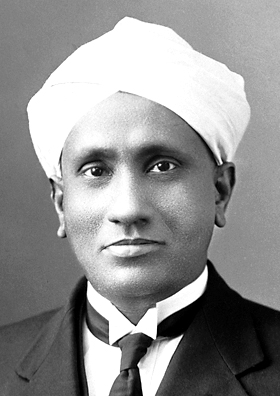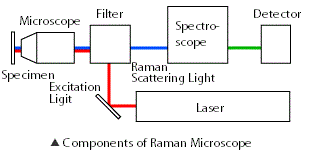Discovered by Dr. CV Raman in India in 1928
The Raman effect underlying Raman spectroscopy is ancient and was discovered in 1928 by Dr. Raman in India, who later won the Nobel Prize. However, because the intensity of the scattered light is very weak relative to the incident light (excitation light), there was no practical light source for Raman spectroscopy until the invention of the laser of the 1960s.
In the late 1970’s, microscopic Raman with an optical microscope equipped with a Raman spectrometer appeared, and it was used in many fields as a local analysis tool. However, as a result of the remarkable progress of the infrared absorption method by the Fourier transform in the 80’s, the difficult-to-measure Raman spectroscopy continued to be used less often.
Later, with the advancement of CCDs used in digital cameras and video cameras, the performance of detectors improved at one time, and it became possible to obtain spectral analysis results at one time, making it possible to significantly reduce measurement time. In addition, with the development of spectrometers, the equipment has been downsized, performance has been improved, maintenance has been simplified, filters for removal of Rayleigh scattered light (stray light) have been advanced, and sensitivity has been improved. Like absorption, it has become an analytical method that researchers focus on in many areas.

